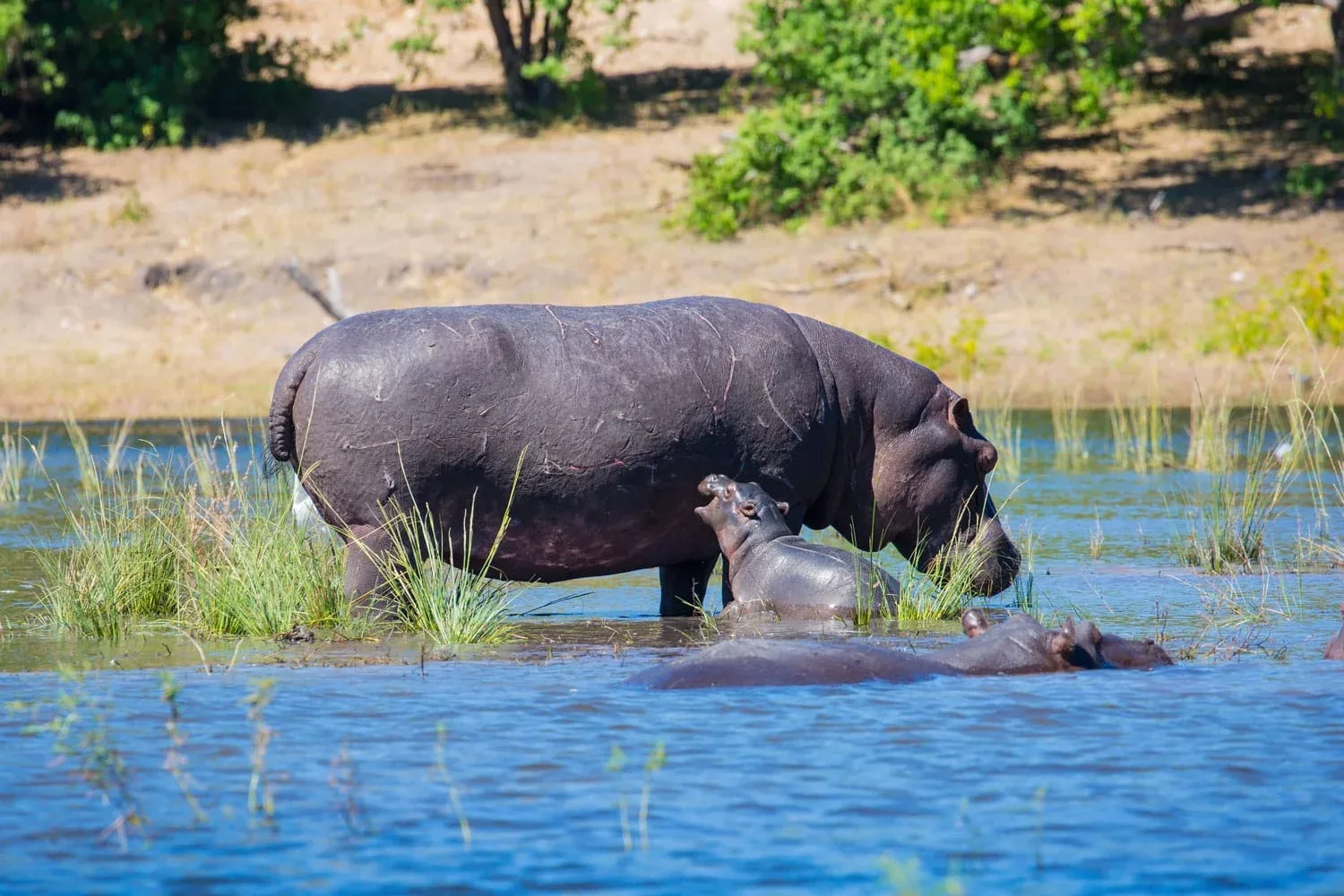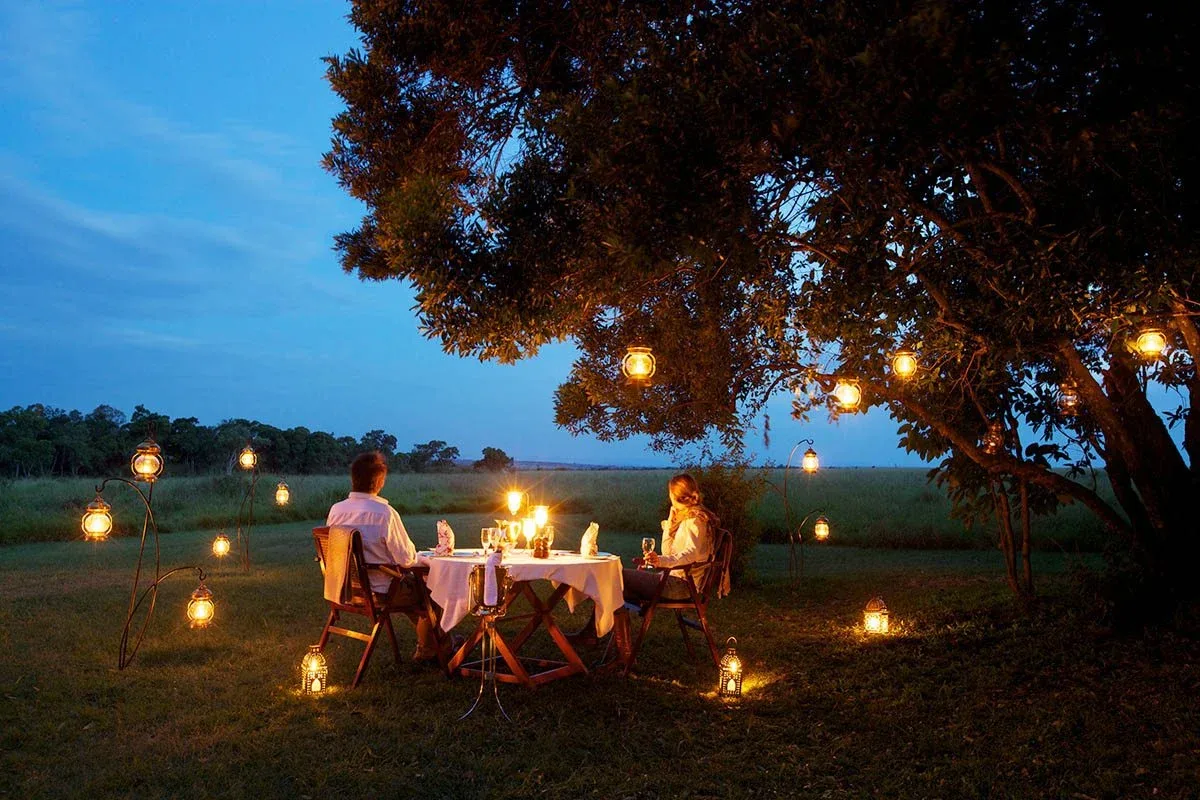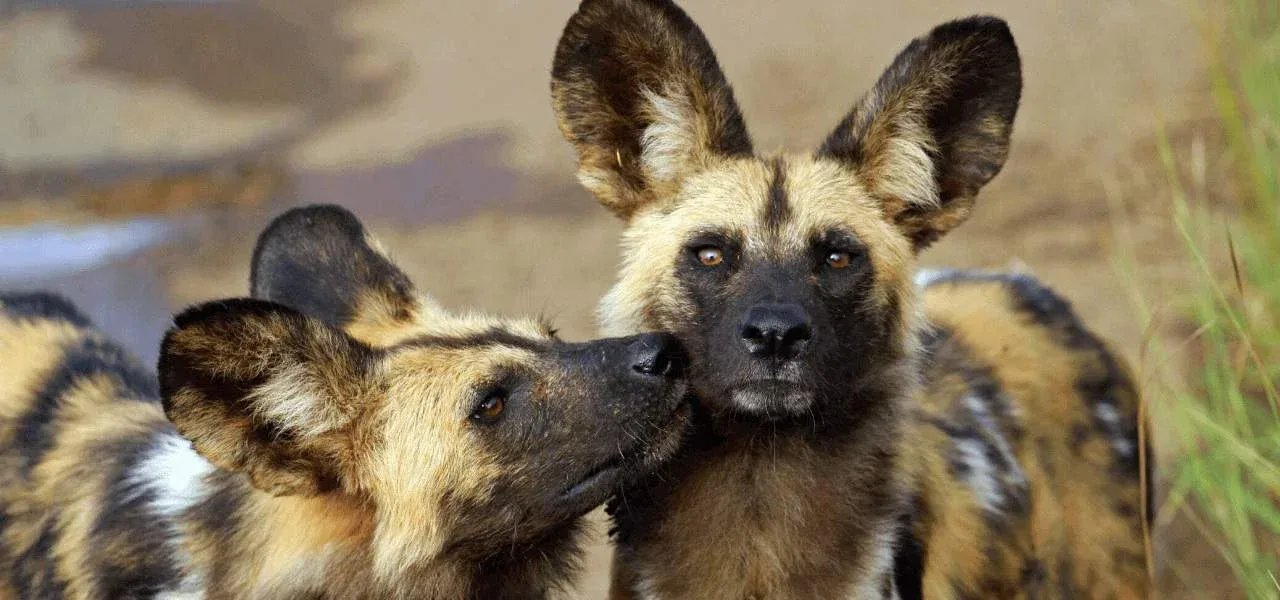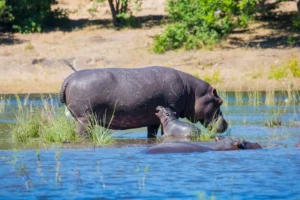Explore Africa’s most endangered animals and the conservation efforts aimed at their protection. Learn about iconic species like the mountain gorilla and African wild dog, highlighting the urgent need for wildlife conservation in their natural habitats.
Africa is one of the most biodiverse regions on Earth. It has more species than any other continent, but at the same time, it also suffers from high levels of poaching. Many species are endangered in Africa, but here we will focus on the top 10 most endangered animals in Africa:
African Wild Dogs
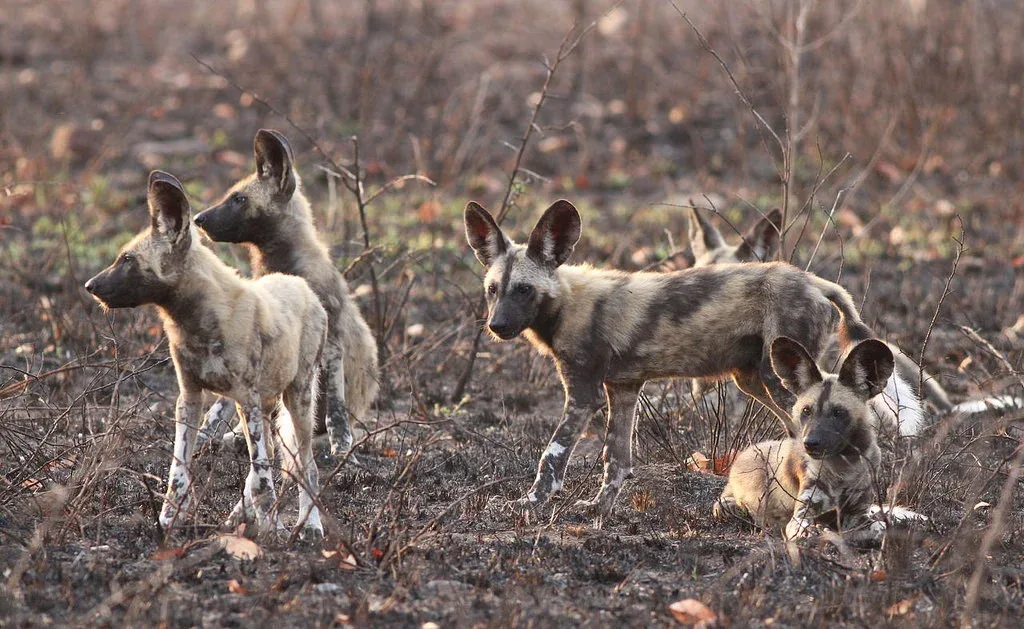
African wild dogs are an important part of the ecosystem in many parts of Africa. They hunt and scavenge prey, including other animals and carrion. Their large and powerful jaws allow them to bite down on prey much larger than themselves, which can take several minutes to kill. The pack hunting behavior also allows them to take down larger prey more efficiently than any single member could alone.
However, due to habitat loss due to human activity such as poaching and encroachment by humans into their territory (and subsequent persecution if you’re wondering why this is happening), African wild dogs are now classified as endangered by IUCN Red List criteria; hence why they’re so rare today!
Black Rhinoceros
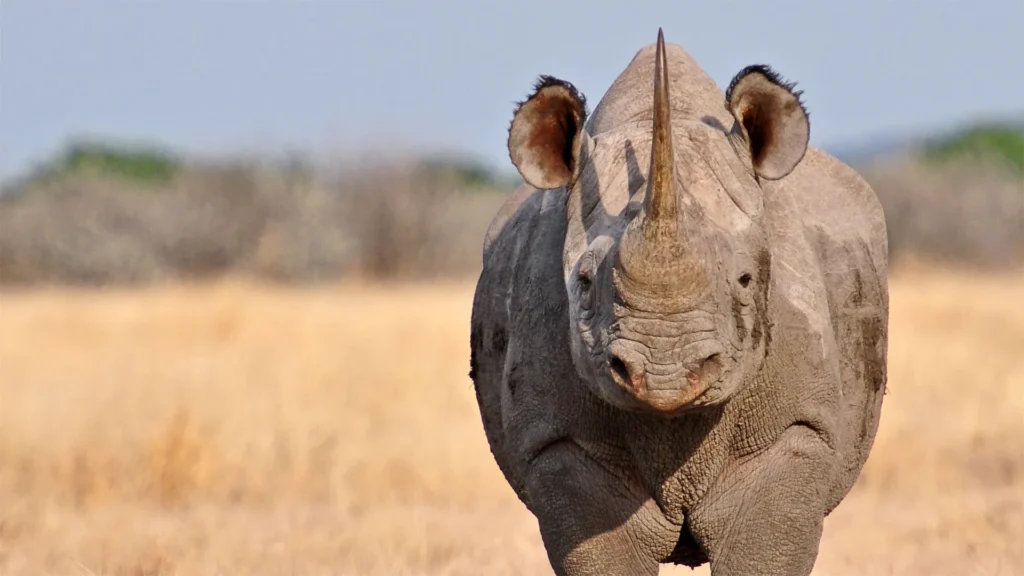
The black rhino is the most endangered species of rhino. It is a herbivore and has two horns, which it uses to fight off predators. The largest land mammal in Africa, this creature has lived on Earth for millions of years in one form or another. Still, it has recently been placed on UNESCO’s Red List as vulnerable due to poaching and habitat destruction.
The black rhino is an incredibly social animal that lives in herds with other members of its species; they can be found roaming around grasslands or savannas throughout sub-Saharan Africa during the warmer season (from April through September). These animals are so close-knit that they have been known to share food with their kind!
Chimpanzees

Chimpanzees, as one of the great apes, share a close genetic and physiological resemblance to humans. They inhabit the dense tropical rainforests and savannah woodlands of Central and West Africa, where they exhibit complex social behaviors and tool-making abilities.
Unfortunately, chimpanzees are facing severe threats to their survival. Poaching for bushmeat and the illegal pet trade continue to decimate their populations. Additionally, widespread deforestation and habitat fragmentation driven by human activities, such as agriculture, logging, and infrastructure development, further threaten their existence in the wild.
Efforts to protect chimpanzees include establishing protected areas, enforcing anti-poaching laws, and promoting sustainable land-use practices. Conservation organizations work tirelessly to raise awareness, conduct research, and collaborate with local communities to mitigate these threats and ensure a future where chimpanzees can thrive in their natural habitats.
Ethiopian Wolf
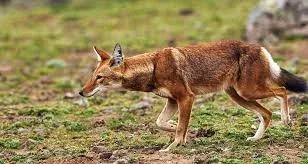
The Ethiopian wolf is the rarest canid in the world. It lives in the highlands of Ethiopia and Eritrea, where it was once very common until its numbers declined due to hunting and habitat loss.
The Ethiopian wolf is a subspecies of grey wolf that humans have domesticated for thousands of years. It’s also threatened by poaching for its fur and disease brought on by humans who enter their territory illegally or accidentally infect them with rabies from other animals (e.g., dogs).
Grevy’s Zebra

The Grevy’s zebra (Equus grevyi) is a strikingly beautiful species distinguished by its narrow stripes and large ears. Native to the semi-arid regions of Kenya, Ethiopia, and Somalia, these zebras face significant threats primarily from poaching for their skins and habitat degradation caused by overgrazing and drought. Conservation efforts focus on protecting their remaining habitats, promoting sustainable grazing practices, and combating illegal wildlife trade to ensure the survival of this endangered species for future generations.
Cheetahs

Cheetahs, known for their incredible speed and distinctive black tear marks, are indeed the fastest land mammals, capable of reaching speeds up to 60-70 miles per hour in short bursts. These majestic cats primarily inhabit open savannahs and grasslands across Africa, with a small population also found in Iran and historically in parts of Asia.
Despite their remarkable adaptations and prowess, cheetahs face severe threats to their survival. The illegal wildlife trade poses a significant danger, as cheetah cubs are often captured and sold as exotic pets, leading to high mortality rates during transport and poor conditions in captivity. Additionally, habitat loss and fragmentation due to human activities such as agriculture, urbanization, and climate change further exacerbate their decline in the wild.
Conservation efforts focus on addressing these threats through initiatives such as anti-poaching measures, habitat protection, community education, and reintroduction programs in suitable areas. By raising awareness about the plight of cheetahs and advocating for their protection, conservationists strive to ensure a future where these iconic animals can continue to roam freely and thrive in their natural environments.
Pangolin
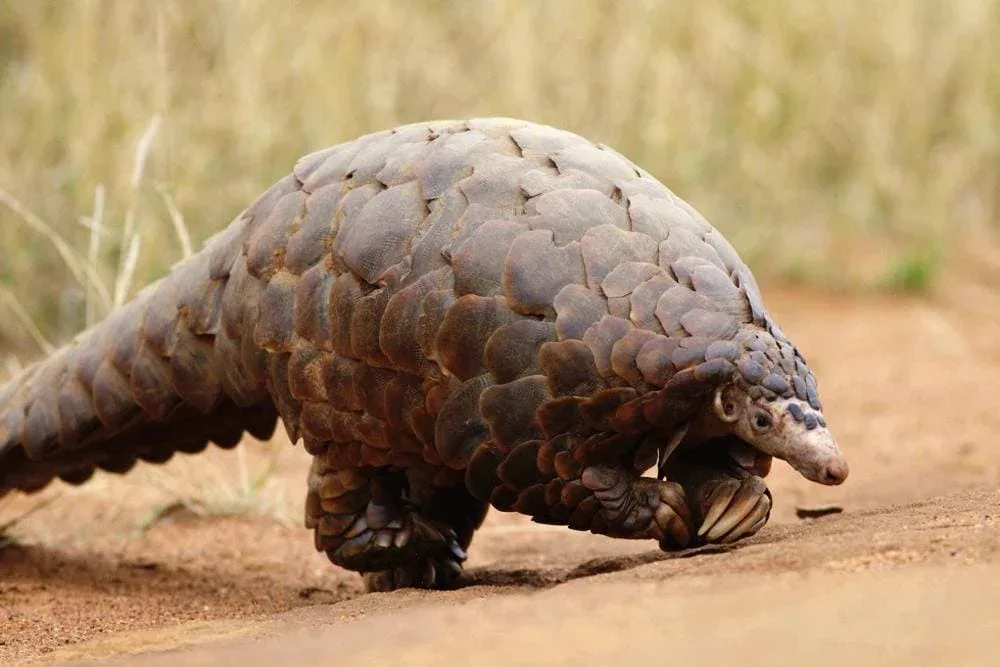
Pangolins are one of the most endangered creatures on Earth. They’re also among the smallest mammals, with an average body length of 8 inches and a weight of 1 pound. Their scales protect them from predators, and can roll into a ball when threatened, making them look like miniature hedgehogs.
Pangolin populations have declined by more than 95 percent since 1960 due to illegal trade, deforestation, and habitat loss. They’re currently listed as Least Concern by the IUCN Red List (International Union for Conservation of Nature). Still, their future depends largely on how many people worldwide take action to protect them now before it’s too late!
The Addax
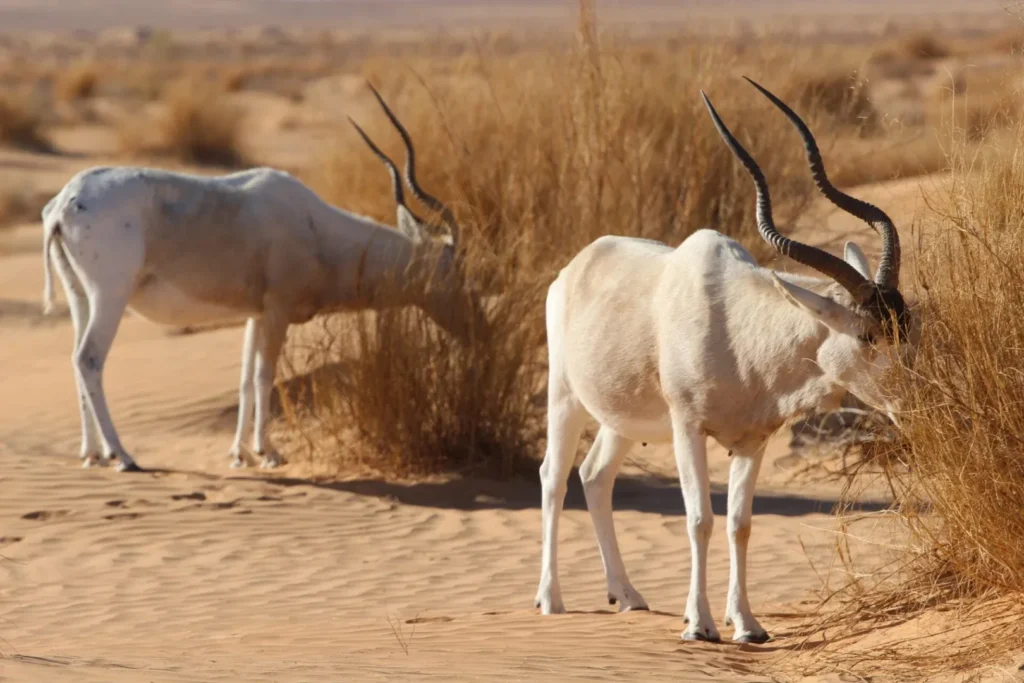
The addax is a large, long-horned antelope that lives in the Sahara Desert. It’s considered an endangered species because it is hunted for its meat and horns, which are used to make jewelry. The addax is hunted by humans and other animals for food or sport.
The world population of this animal has been estimated at 10 million individuals; however, there are only around 1 million left—and that number could be decreasing even faster than originally thought (1).
The Northern White Rhino

The Northern White Rhino is a subspecies of white rhinos. It’s the most endangered species of rhinoceros and only exists in zoos worldwide. The life expectancy for these animals is 45 years, which means they could be extinct before they turn 50 years old!
This species has such a low survival rate because they are being poached by hunters who want their horns for medicinal purposes or as trophies (to show off). This makes it harder for them to reproduce, which means that if you want to keep this rare creature alive in captivity, then you must do everything possible not just to keep them healthy but also to give them plenty of space so they can live happily without any worries about being attacked by humans who want those valuable pieces of their bodies.”
The Baboon Spider

The Baboon Spider is an endangered species, with a few thousand individuals remaining in the wild, according to the International Union for Conservation of Nature (IUCN). It’s also known as the African Baboon Spider, found only in Africa.
This spider is endangered because its habitat has been reduced by human development and agriculture—which has also led to habitat loss for many other animals. If you want to help save this species from extinction, your best bet would be volunteering at an organization that works towards biodiversity conservation or donating money to one of these organizations.
Conclusion
In conclusion, Africa’s most endangered animals face critical threats such as habitat loss, poaching, and human-wildlife conflict. Conservation efforts play a crucial role in safeguarding species like the Grevy’s zebra, mountain gorilla, and African wild dog, highlighting the urgent need for global action to protect these iconic creatures and preserve Africa’s rich biodiversity.

